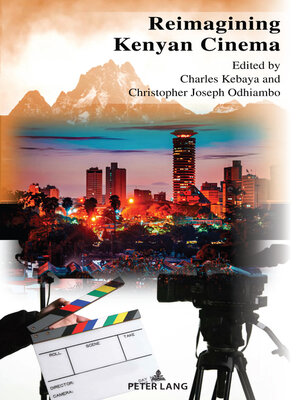
Sign up to save your library
With an OverDrive account, you can save your favorite libraries for at-a-glance information about availability. Find out more about OverDrive accounts.
Find this title in Libby, the library reading app by OverDrive.



Search for a digital library with this title
Title found at these libraries:
| Library Name | Distance |
|---|---|
| Loading... |
Kenyan Cinema provides one of the most striking case studies in the growth and development of film in Eastern Africa. The film industry has grown tremendously at the turn of the 21st century. Notably, there has been a significant increase in the number of domestic film productions, film screenings, film audiences and film festivals in the country. Indeed, Kenya has become one of Africa's major film markets. Kenyan actors, actresses and films are increasingly entering and featuring in global films and markets, and are connecting with international audiences in commercial cinemas and at major international film festivals. Adding to this impressive success is an upsurge in the number of tertiary institutions training in film and a corresponding surge in the number of students pursuing film studies in and outside the country currently. In the academic circles, interest in Kenyan Cinema as a serious scholarly subject has grown exponentially. The evolution of Kenyan Cinema scholarship is also noteworthy.
Therefore, Reimagining Kenyan Cinema seeks to situate current scholarship on Kenyan Cinema within the ongoing debates in national and contemporary global film studies. It thus advocates for diverse methodologies, critical tools and theoretical perspectives in interrogating Kenyan film. This approach is premised on the realization that critical discussions on film should lead out of the films themselves towards matters of aesthetics, culture, history and society. The cumulative effect of this approach is that it allows for the presentation of a simultaneously synchronic and diachronic approach to the study of Kenyan cinema. While individual chapters will provide in-depth analyses of particular films, historical moments in Kenyan and key film texts, the chapters as a whole will cohere into a well-grounded and deeply informative collection of original contributions on the practice of Cinema in Kenya.







